
Sofia
BulgariaSofia, the vibrant capital of Bulgaria, often surprises visitors with its rich tapestry of ancient history seamlessly interwoven with a burgeoning modern spirit. It wasn't always the sole center of power in the region; for centuries, other cities like Veliko Tarnovo held the esteemed title of capital during the Second Bulgarian Empire, a testament to the shifting dynamics of the Balkan Peninsula. Yet, Sofia's strategic location at the crossroads of ancient trade routes ultimately propelled it to its current prominence. Consider this: Sofia boasts the unique distinction of having a mineral spring flowing in the very heart of its city center. Located near the Serdica metro station and the Banya Bashi Mosque, this publicly accessible spring offers warm, slightly sulfuric water that locals and visitors alike can collect, a tangible link to the city's ancient thermal heritage. The presence of these springs even influenced the city's early development and its Roman name, Serdica, which was associated with thermal baths. Intriguingly, Sofia is home to a remarkably tolerant coexistence of different religions. Within a small radius in the city center, you can find the St. George Rotunda (an early Christian church), the Banya Bashi Mosque (an Ottoman-era mosque), the Sofia Synagogue (one of the largest Sephardic synagogues in Europe), and the St. Alexander Nevsky Cathedral (an impressive Orthodox cathedral). This peaceful proximity speaks volumes about the city's historical and contemporary embrace of diverse faiths. Another fascinating aspect of Sofia lies in its unexpected connection to the world of owls. The Little Owl is a common sight in the city's parks and even perched on its ancient ruins. So prevalent is this bird that it has become a somewhat unofficial symbol of Sofia's wisdom and longevity, often appearing in local art and folklore. Beyond its religious harmony and avian residents, Sofia holds a poignant claim to a rather unusual historical event. During World War II, the city was targeted by Allied bombing raids. However, the citizens of Sofia, demonstrating remarkable bravery and compassion, risked their own lives to rescue the Holy Relics of Saint John of Rila, Bulgaria's patron saint, from potential destruction, hiding them in various locations throughout the city. Furthermore, Sofia's metro system, while relatively modern compared to some other European capitals, was built upon the foundations of an earlier, unrealized tram project from the early 20th century. Some of the initial tunnel work was later incorporated into the current metro lines, a tangible link between past aspirations and present-day infrastructure. Finally, for those with an appreciation for Soviet-era monuments, Sofia offers a somewhat controversial yet undeniably imposing example: the Monument to the Soviet Army. While its presence remains a subject of ongoing debate and occasional artistic alterations, its sheer scale and central location serve as a powerful reminder of Bulgaria's complex 20th-century history and its past political affiliations. To explore Sofia is to encounter a city where ancient thermal waters flow freely, diverse faiths coexist peacefully, owls watch over ancient stones, and the layers of history, from Roman origins to socialist-era grandiosity, create a uniquely compelling urban tapestry.
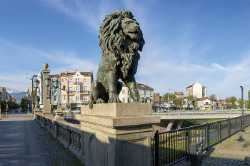 Lions' Bridge
Bridge
Lions' Bridge
Bridge
 Alexander Nevsky Cathedral
Cathedral
Alexander Nevsky Cathedral
Cathedral
 Rotunda of St. George
Church
Rotunda of St. George
Church
 Saint Sophia Church
Church
Saint Sophia Church
Church
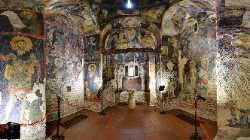 Boyana Church
Church
Boyana Church
Church
 Little Bird Place
Gallery
Little Bird Place
Gallery
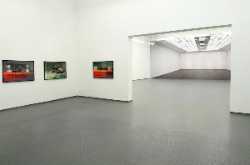 Rayko Aleksiev Gallery
Gallery
Rayko Aleksiev Gallery
Gallery
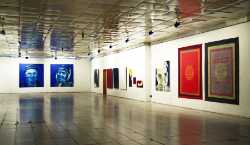 Shipka 6 Art Gallery
Gallery
Shipka 6 Art Gallery
Gallery
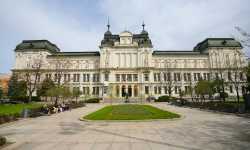 Gallery of Foreign Art
Gallery
Gallery of Foreign Art
Gallery
 Sofia City Art Gallery
Gallery
Sofia City Art Gallery
Gallery
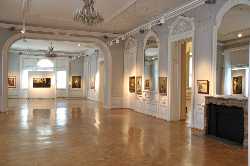 National Art Gallery
Gallery
National Art Gallery
Gallery
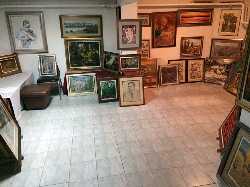 PALITRA Gallery
Gallery
PALITRA Gallery
Gallery
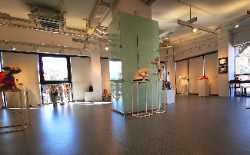 SERDICA Gallery
Gallery
SERDICA Gallery
Gallery
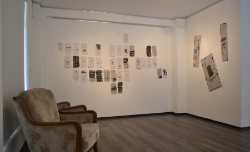 ETUD Gallery
Gallery
ETUD Gallery
Gallery
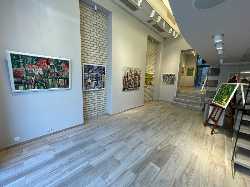 NUANCE Gallery
Gallery
NUANCE Gallery
Gallery
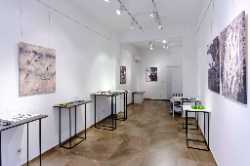 INTRO Gallery
Gallery
INTRO Gallery
Gallery
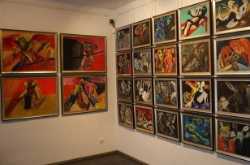 Loran Gallery
Gallery
Loran Gallery
Gallery
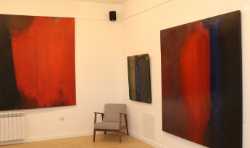 Stubel Gallery
Gallery
Stubel Gallery
Gallery
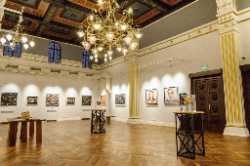 OBORISHTE5 Gallery and Hall
Gallery
OBORISHTE5 Gallery and Hall
Gallery
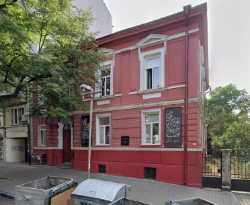 Galeriya Gaya
Gallery
Galeriya Gaya
Gallery
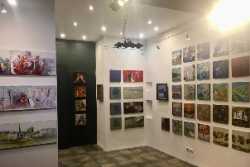 Astry Gallery
Gallery
Astry Gallery
Gallery
 Gallery Paris
Gallery
Gallery Paris
Gallery
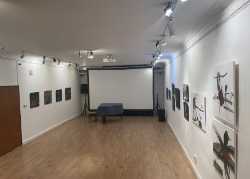 Rakursi
Gallery
Rakursi
Gallery
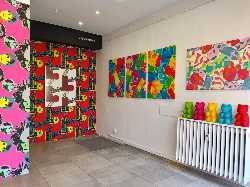 Depoo Gallery
Gallery
Depoo Gallery
Gallery
 National Art Gallery
Gallery
National Art Gallery
Gallery
 Minerva Gallery
Gallery
Minerva Gallery
Gallery
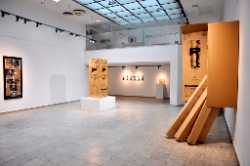 Gallery Credo Bonum
Gallery
Gallery Credo Bonum
Gallery
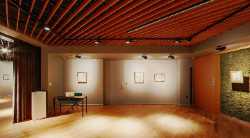 San Stefano Gallery
Gallery
San Stefano Gallery
Gallery
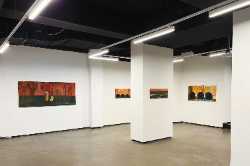 ONE Gallery
Gallery
ONE Gallery
Gallery
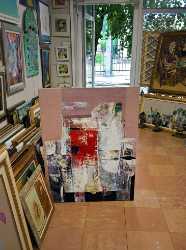 MAESTRO Gallery
Gallery
MAESTRO Gallery
Gallery
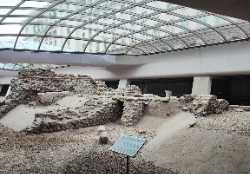 Largo Archaeological Complex
Historical landmark
Largo Archaeological Complex
Historical landmark
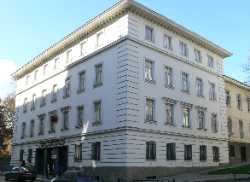 National Museum of Natural History
Museum
National Museum of Natural History
Museum
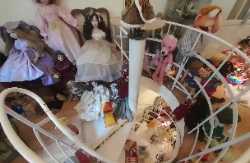 Puppet Museum
Museum
Puppet Museum
Museum
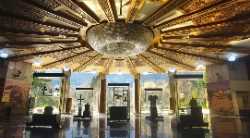 National Historical Museum
Museum
National Historical Museum
Museum
 National Archeological Museum of the Bulgarian Academy of Sciences
Museum
National Archeological Museum of the Bulgarian Academy of Sciences
Museum
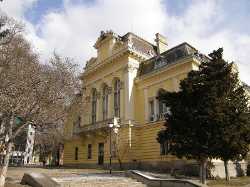 National Ethnographic Museum
Museum
National Ethnographic Museum
Museum
 National Museum of Military History
Museum
National Museum of Military History
Museum
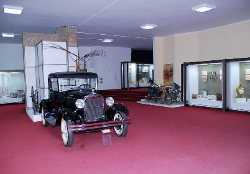 National Polytechnic Museum
Museum
National Polytechnic Museum
Museum
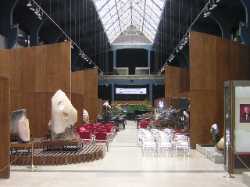 Earth and Man National Museum
Museum
Earth and Man National Museum
Museum
 Museum of Socialist Art
Museum
Museum of Socialist Art
Museum
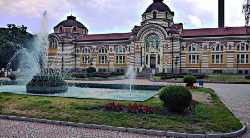 Sofia History Museum
Museum
Sofia History Museum
Museum
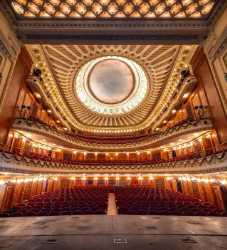 National Opera and Ballet
Opera House
National Opera and Ballet
Opera House
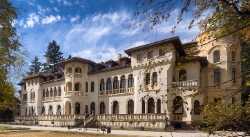 Vrana Palace
Palace
Vrana Palace
Palace
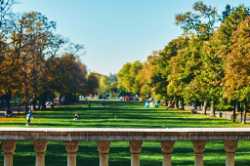 Borisova Gradina
Park
Borisova Gradina
Park
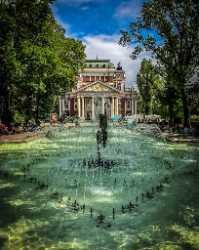 City Garden
Park
City Garden
Park
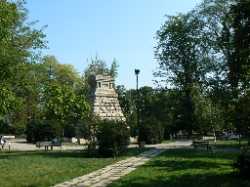 Doktorska Gradina
Park
Doktorska Gradina
Park
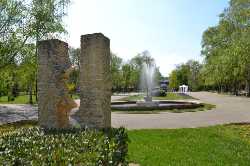 Zaimov Park
Park
Zaimov Park
Park
 Zapaden Park
Park
Zapaden Park
Park
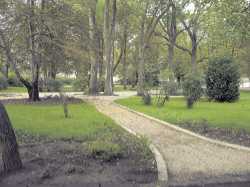 North Park
Park
North Park
Park
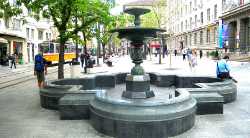 Slaveykov Square
Square
Slaveykov Square
Square
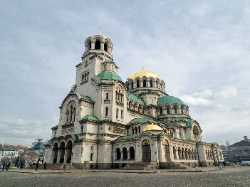 Alexander Nevsky Square
Square
Alexander Nevsky Square
Square
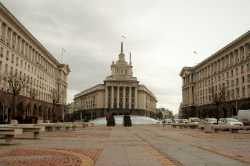 National Assembly Square
Square
National Assembly Square
Square
 Ivan Vazov National Theatre
Theatre
Ivan Vazov National Theatre
Theatre
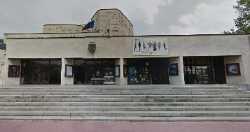 Sofia Theatre
Theatre
Sofia Theatre
Theatre
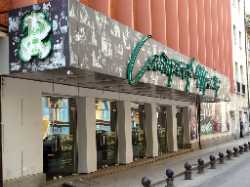 Satirical Theatre
Theatre
Satirical Theatre
Theatre
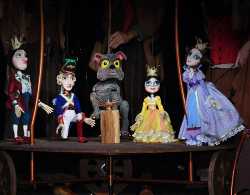 Sofia Puppet Theatre
Theatre
Sofia Puppet Theatre
Theatre
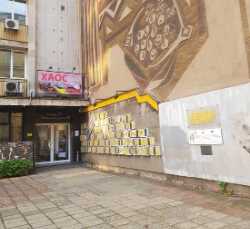 Theatre 199
Theatre
Theatre 199
Theatre
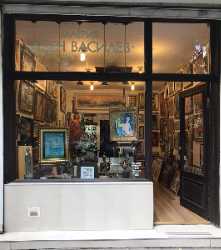 Asen VASSILEV Gallery
Theatre
Asen VASSILEV Gallery
Theatre
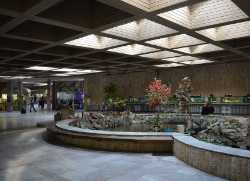 Sofia Zoo
Zoo
Sofia Zoo
Zoo